#012: Characteristics of Phylum Ascomycota
Phylum Ascomycota includes about 75% of described fungal species.* It includes the baker’s yeast, Saccharomyces ceriviciae, scientifically important fungi such as Neurospora crassa and Penicillium chrysogenum, a number of desirable edible mushrooms, most notably morels and truffles, most lichenized fungi, and many important plant pathogens, such as the causal agent of chestnut blight. As you can tell from this list, the ascomycetes have a variety of life history strategies and ecological roles. Many ascomycetes grow as hyphae, others grow as yeasts, and some can even switch between the two. Some ascomycota only reproduce sexually, others only reproduce asexually, and many do both. Ascomycetes can be saprophytic (they decompose non-living matter), parasitic (on plants, bugs, humans, etc.), or mutualistic (with algae, plants, or even beetles). Ascomycota have provided us with penicillin and have helped scientists understand the cell cycle, meiosis, and heredity. Despite this diversity, Ascomycota is a monophyletic group (it arose from a common ancestor). The ascomycetous yeasts likely evolved from an organism which could produce hyphae and apparently lost that ability (to varying degrees) over time.
The ascomycota are also known as sac fungi because their sexual spores are enclosed by a sac-like cell before they are released. In the sexual cell, called the ascus, meiosis takes place to produce four haploid nuclei. This is often followed by one round of mitosis, resulting in eight haploid nuclei. These nuclei then develop inside the ascus into spores called, of course, ascospores. When they are ready the ascospores are released from the ascus. Some ascomycetes forcibly eject their ascospores. Next time you find a cup mushroom, gently blow into the cup and you will likely see a puff of spores as they are shot out into the air. Most ascomycota form a variety of structures (called ascocarps) that hold their asci. These can be large mushrooms or microscopic structures. A few species form asci without a supporting/ protecting structure.
Until recently, ascus formation was the only way to positively identify a fungus as an ascomycota. However, there are some fungi that do not reproduce sexually. Consequently, these fungi were assigned to the now defunct phylum Deuteromycota until a sexual stage could be identified (which also required the organism’s name to be changed). Now DNA testing has allowed researchers to assign these deuteromycetes to their true phyla. It turns out many of the deuteromycetes belong to ascomycota.
*If you’ve been keeping track of these percentages, you may have noticed that they add up to more than 100%. These numbers are constantly changing, so it’s hard to know what the “real” percentage is.
See Further:
http://www.britannica.com/EBchecked/topic/37981/Ascomycota
http://www.botany.hawaii.edu/faculty/wong/Bot201/Ascomycota/lab_02a.htm
http://www.mushroomexpert.com/ascomycetes.html (How do I know if my mushroom is an asco?)

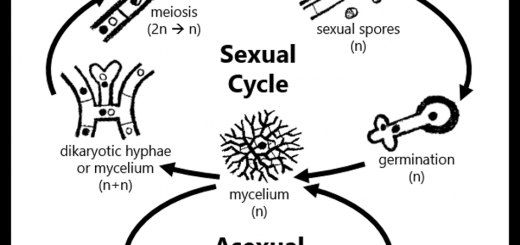
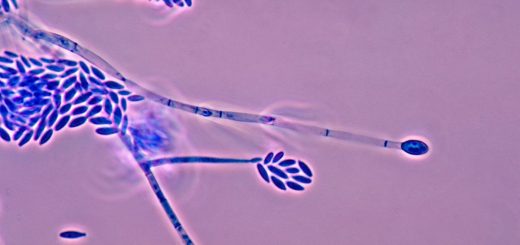
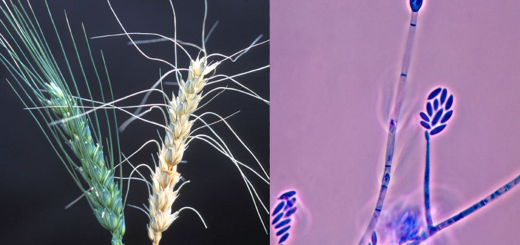





![#011: Characteristics of Kingdom Fungi [Archived]](https://www.fungusfactfriday.com/wp-content/themes/hueman/assets/front/img/thumb-small-empty.png)

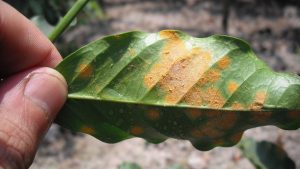
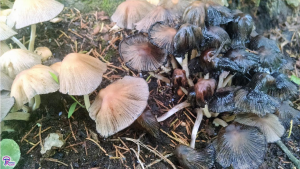
16 Responses
[…] and Trichoglossum (the genera that produce black earth tongues) are currently placed in the Phylum Ascomycota, Class Geoglossomycetes, Order Geoglossales, and family Geoglossaceae. Microglossum (which […]
[…] you look at a morel under the microscope, you will find that the asci (spore-producing cells, see FFF#012 for more info) are located in the pits of the head, but not on the ridges. The pits, therefore, […]
[…] Ascomycota […]
[…] Ascomycota […]
[…] genus Helvella (elfin saddles) is placed in the Phylum Ascomycota, Class Pezizomycetes, Order Pezizales, and Family Helvellaceae. Elfin saddle look-alikes are […]
[…] Ascomycota […]
[…] are carried by asci (as in earth tongue look-alikes) or by basidia (as in corals and clubs). See FFF#012 and #013 for more on asci and […]
[…] basidiomycetes.1 Ascomycetes, for example, produce multiple sexual spores but do so internally (see FFF#012 for more).2 Most basidia produce four basidiospores, but the exact number can vary. Each […]
[…] Ascomycota […]
[…] Ascomycota […]
[…] as well as morels (FFF#033) and their relatives. All these fungi belong to the division Ascomycota (FFF#012), which produce sexual spores inside specialized cells called […]
[…] Ascomycota […]
[…] Ascomycota […]
[…] Ascomycota […]
[…] #012: Characteristics of Phylum Ascomycota […]
[…] Ascomycota […]